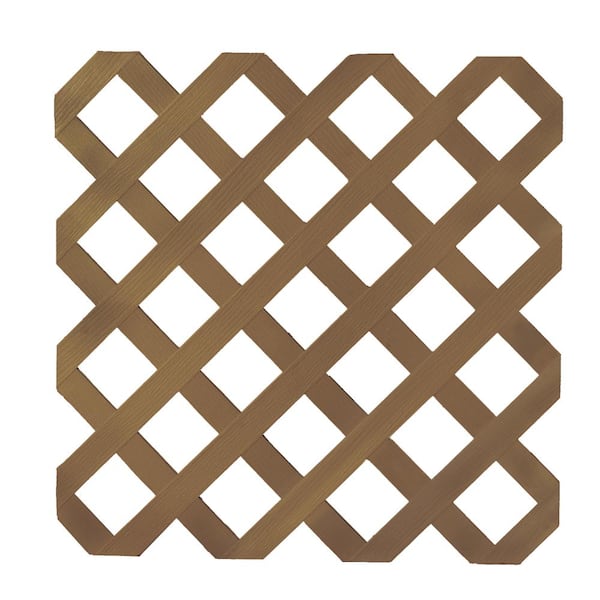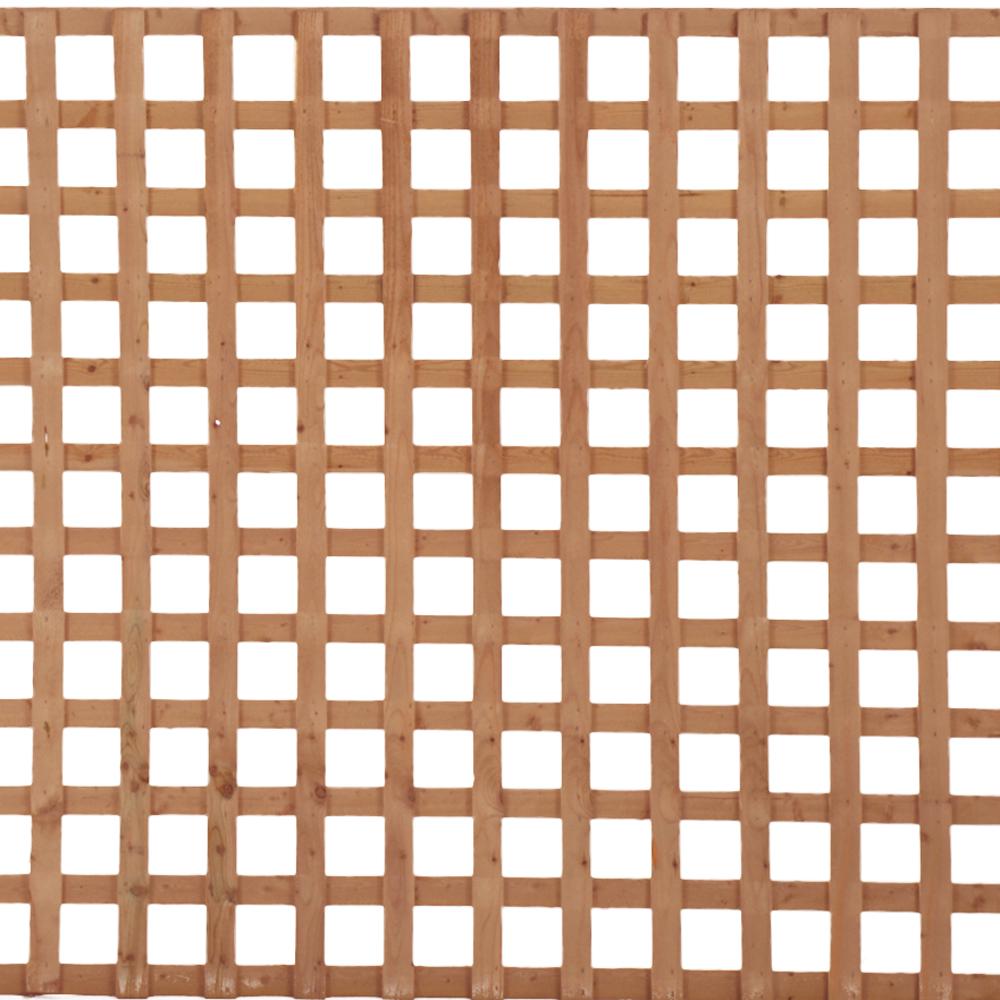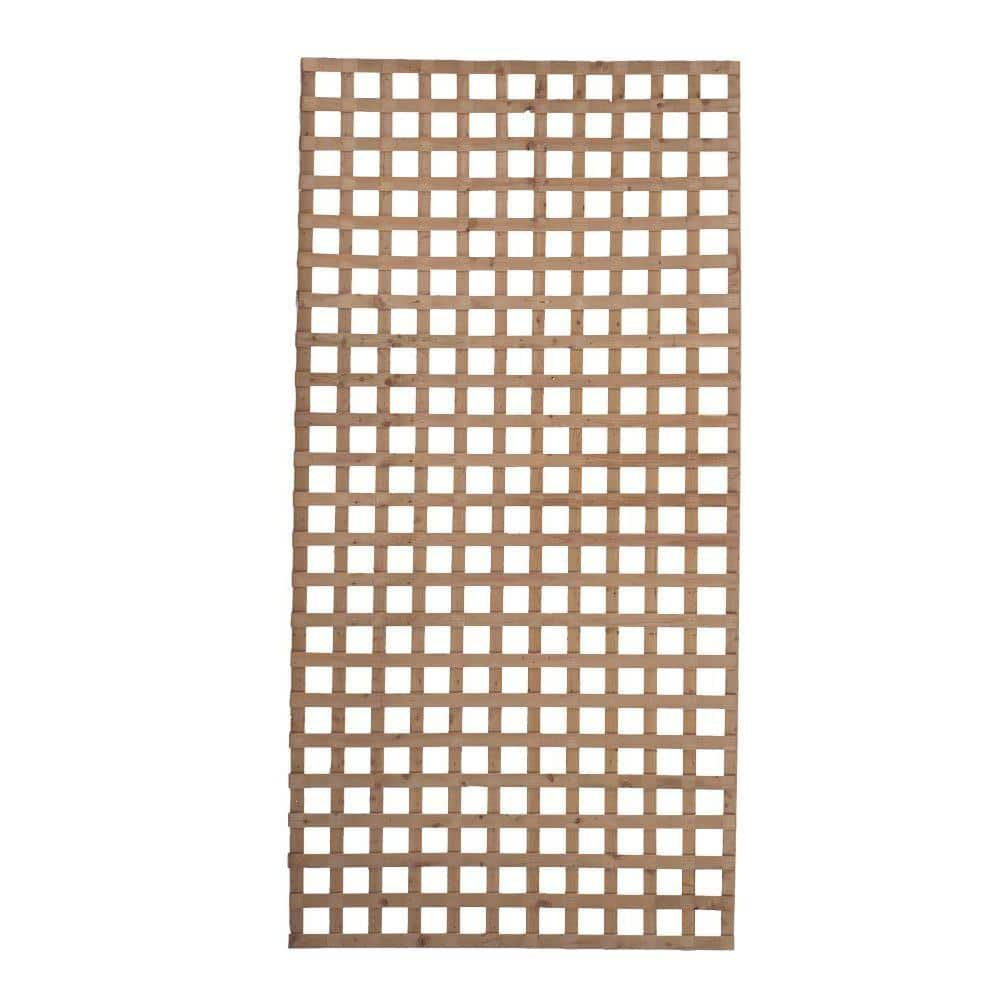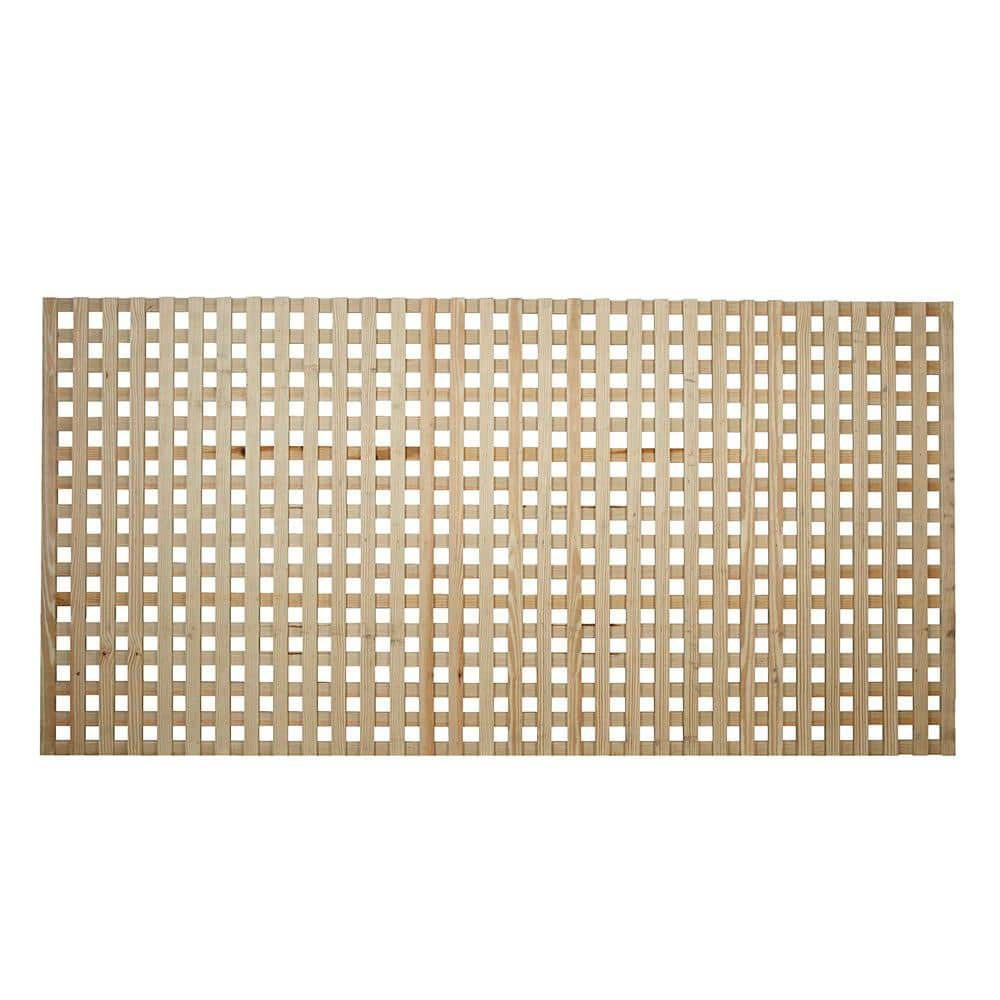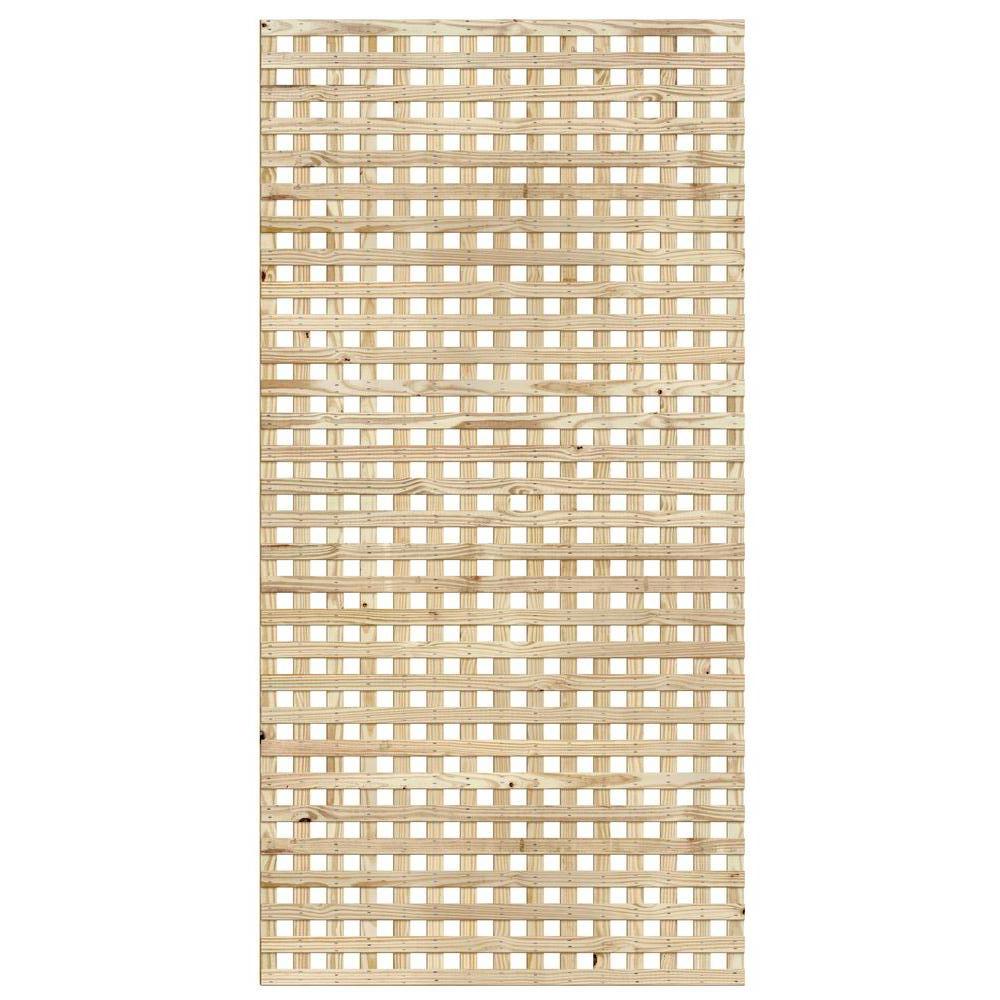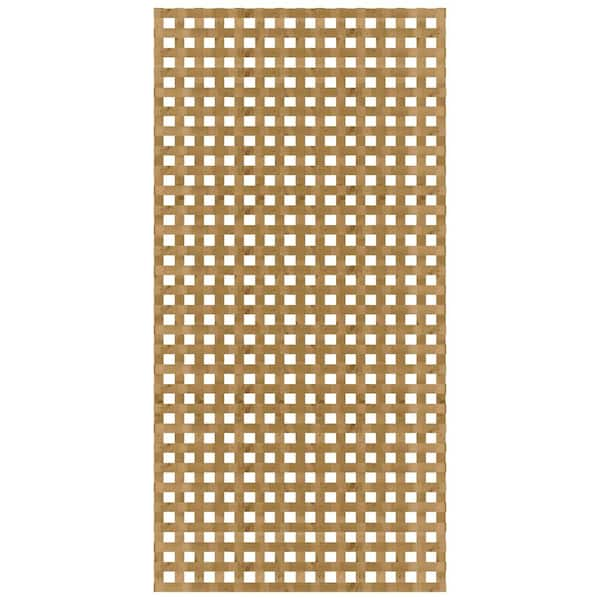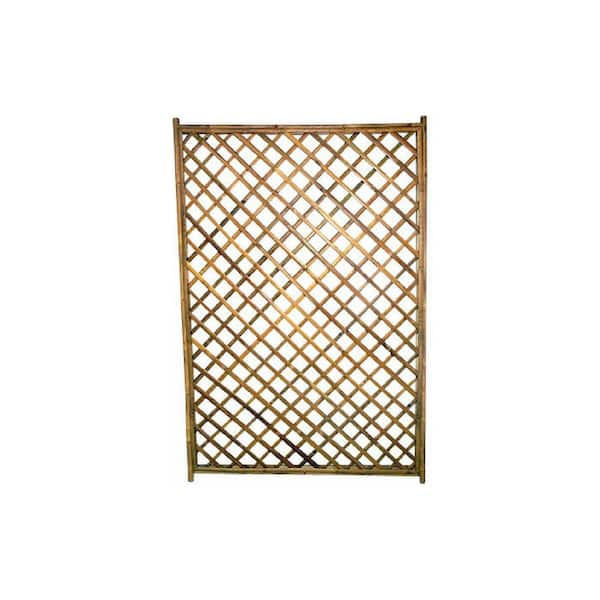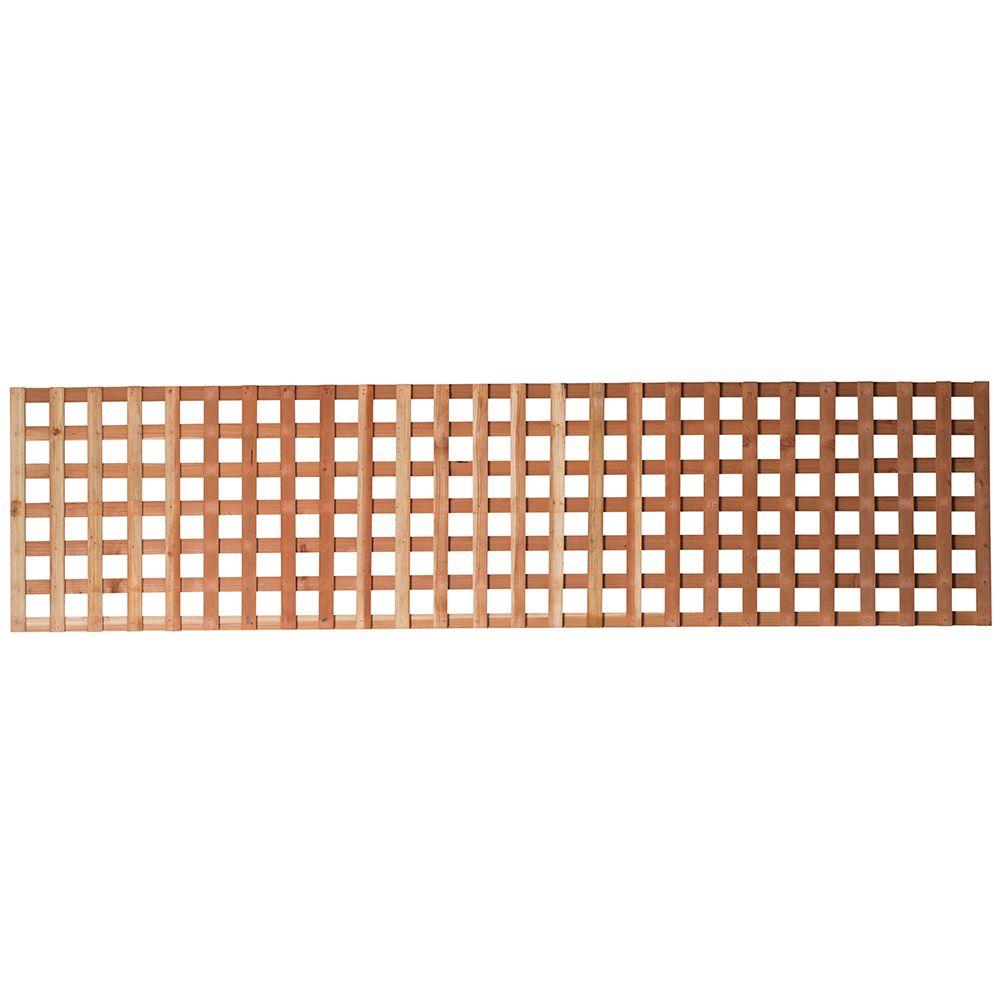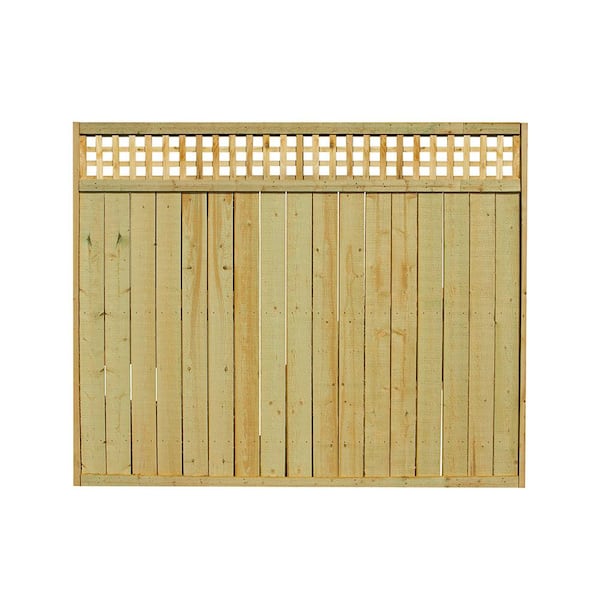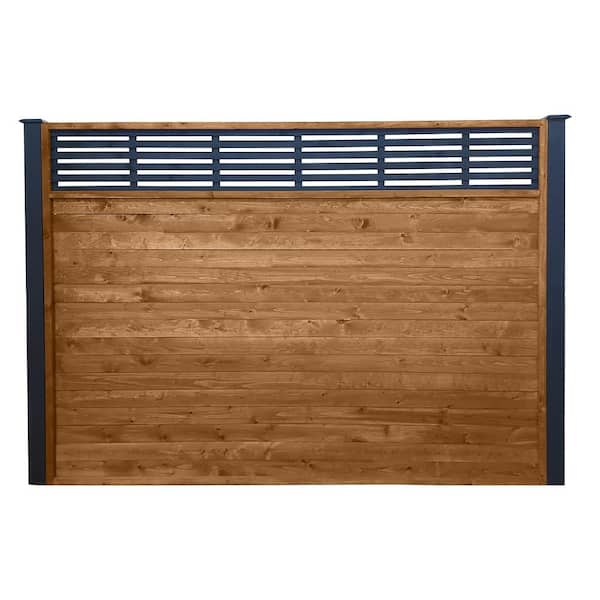Home Depot Pressure Treated Lattice
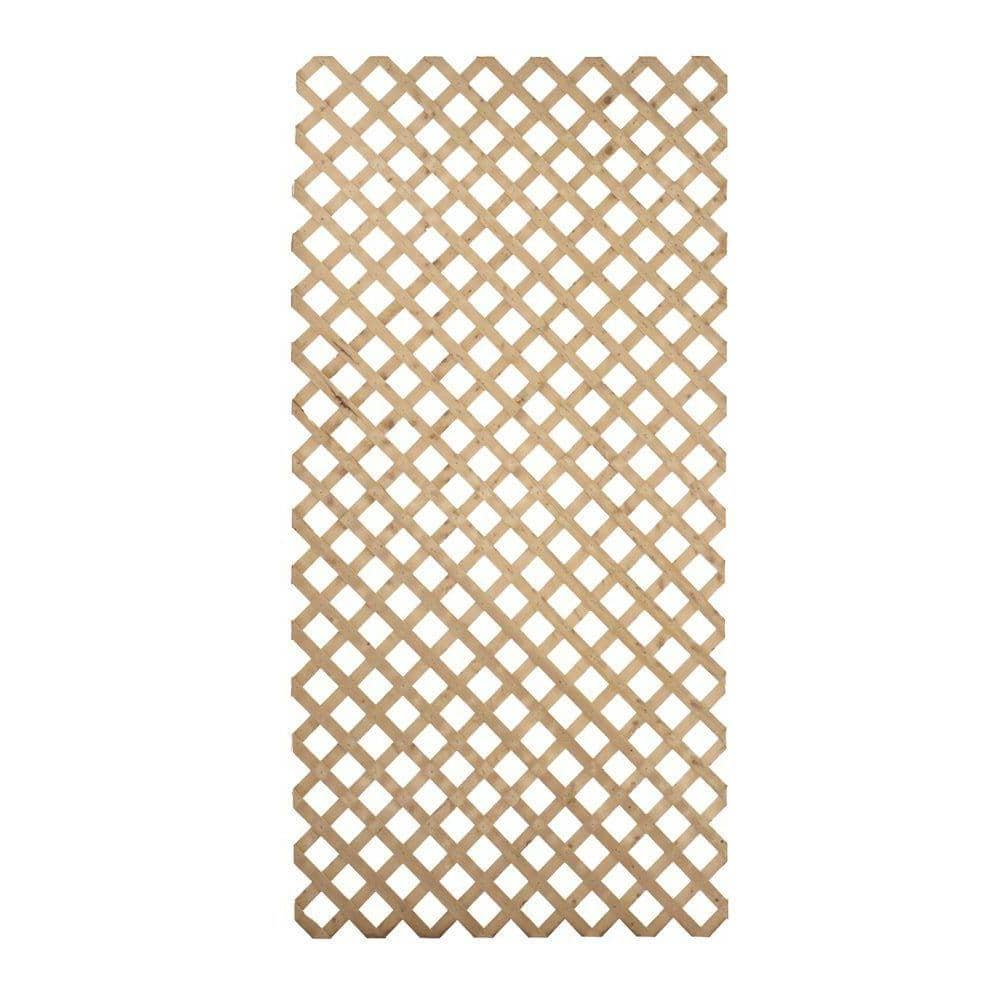
Pressure-treated lattice, a staple in outdoor projects ranging from skirting to decorative fencing, has recently seen a surge in demand at Home Depot stores nationwide. This increase is attributed to both seasonal factors and a growing interest in do-it-yourself home improvement projects.
The increased demand poses both opportunities and challenges for consumers and the retailer alike. Understanding the specifics of pressure-treated lattice, its applications, and potential drawbacks is crucial for making informed purchasing decisions.
What is Pressure-Treated Lattice?
Pressure-treated lattice is typically made from wood, usually pine, that has been chemically treated to resist rot, decay, and insect infestation. The pressure treatment process forces preservatives deep into the wood's fibers, significantly extending its lifespan, especially when exposed to the elements.
It's primarily used for outdoor applications where durability is essential. These applications include deck skirting, privacy screens, garden trellises, and under-house enclosures.
Key Features and Benefits
The primary benefit of pressure-treated lattice is its resistance to decay and insects, making it a long-lasting option for outdoor projects. This durability reduces the need for frequent replacements, saving homeowners time and money in the long run.
It also offers aesthetic appeal, providing a visually appealing way to enhance outdoor spaces. Many find it easy to work with, allowing for customization and creative project designs.
Home Depot's Role and Availability
Home Depot is a major retailer of pressure-treated lattice, offering a variety of sizes, styles, and grades to suit different needs. Customers can find lattice in-store or online, with options for delivery or in-store pickup.
According to Home Depot's website, they source their pressure-treated lumber from suppliers who adhere to industry standards for environmental responsibility. This ensures that the wood is treated safely and sustainably.
Potential Considerations and Concerns
While pressure-treated lattice offers numerous benefits, there are also potential concerns to consider. The chemicals used in the treatment process, while generally safe when handled properly, can pose risks if mishandled or improperly disposed of.
It is crucial to wear appropriate protective gear, such as gloves and a dust mask, when cutting or sanding pressure-treated lumber. Proper disposal of scraps is also essential to prevent environmental contamination, according to guidelines from the Environmental Protection Agency (EPA).
Furthermore, the cost of pressure-treated lattice can be higher compared to untreated lumber. Homeowners need to weigh the initial investment against the long-term benefits of durability and reduced maintenance.
Impact on Consumers and the Market
The increased demand for pressure-treated lattice reflects a broader trend of homeowners investing in outdoor living spaces. This trend is driven by a desire to enhance property value, create relaxing outdoor retreats, and engage in DIY projects.
The availability of pressure-treated lattice at retailers like Home Depot empowers consumers to undertake these projects affordably. However, it's vital that consumers educate themselves about safe handling practices and environmental considerations associated with the treated wood.
Ultimately, the popularity of pressure-treated lattice highlights the importance of durable, versatile, and aesthetically pleasing building materials in the home improvement market. As demand continues to rise, responsible sourcing, safe handling, and proper disposal practices will become increasingly critical.

